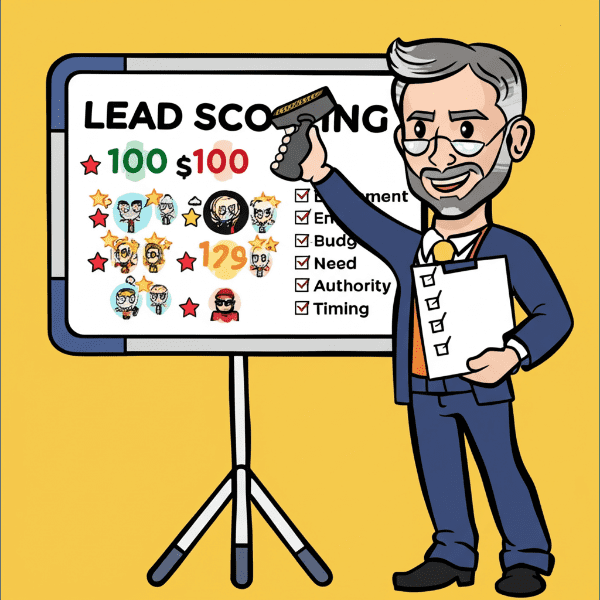Definition: Lead segmentation is the process of categorizing potential customers (leads) into distinct groups based on shared characteristics such as demographics, behavior, interests, or engagement levels. This strategic approach allows businesses to personalize marketing efforts, improving customer experience and maximizing conversion rates. By understanding audience segments, companies can create tailored campaigns, deliver relevant content, and enhance lead nurturing strategies.
Proper lead segmentation ensures businesses focus their marketing resources on high-potential prospects. Without segmentation, companies risk delivering generic messages that fail to engage customers effectively, leading to lower conversion rates and wasted advertising spend.
Use It In a Sentence: By implementing lead segmentation, our company tailored email marketing campaigns to different customer groups, leading to a significant increase in engagement and conversions.
Key Types of Lead Segmentation

- Demographic Segmentation: Categorizing leads based on age, gender, income level, occupation, etc.
- Behavioral Segmentation: Identifying leads based on online interactions, purchase history, and engagement levels.
- Geographic Segmentation: Grouping leads by location, climate, or urban vs. rural settings.
- Psychographic Segmentation: Understanding customers based on lifestyle, values, and personal interests.
- Firmographic Segmentation: Used in B2B marketing, grouping leads based on company size, industry, and revenue.
Why Lead Segmentation Matters
- Improves Targeted Marketing: Helps businesses craft personalized messages that resonate with specific audiences.
- Enhances Customer Engagement: Ensures potential customers receive content relevant to their needs and interests.
- Boosts Conversion Rates: Targeted messaging increases the likelihood of turning leads into paying customers.
- Optimizes Marketing Spend: Reduces wasted resources by focusing on high-value prospects.
Steps to Implement an Effective Lead Segmentation Strategy
- Collect and Analyze Data: Gather lead information from CRM systems, website analytics, and customer interactions.
- Define Segmentation Criteria: Choose relevant segmentation factors based on business goals and audience behavior.
- Group and Categorize Leads: Segment leads into specific categories for targeted marketing efforts.
- Develop Personalized Campaigns: Tailor marketing content and outreach based on each segment’s needs.
- Monitor and Optimize: Continuously track performance and refine segmentation strategies for better results.
More Definitions: Channel Attribution Definition, Data Quality Score Definition, Data Integration Strategy Definition, Best Practice Marketing Definition, Rolodex Definition, Lead Scoring Model Definition
Useful Posts: What Sales Funnel Professor Is All About with Eddie Davis






















